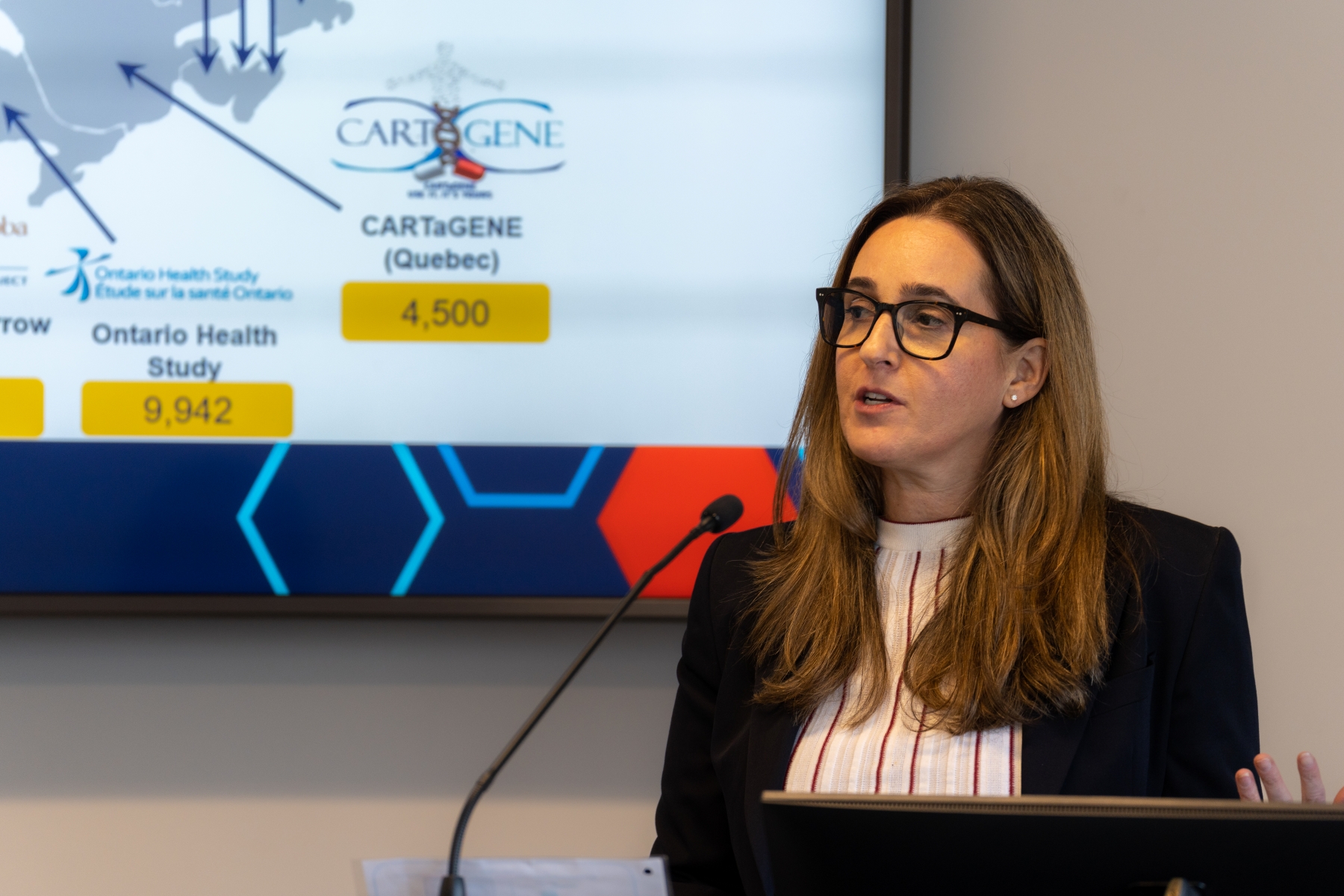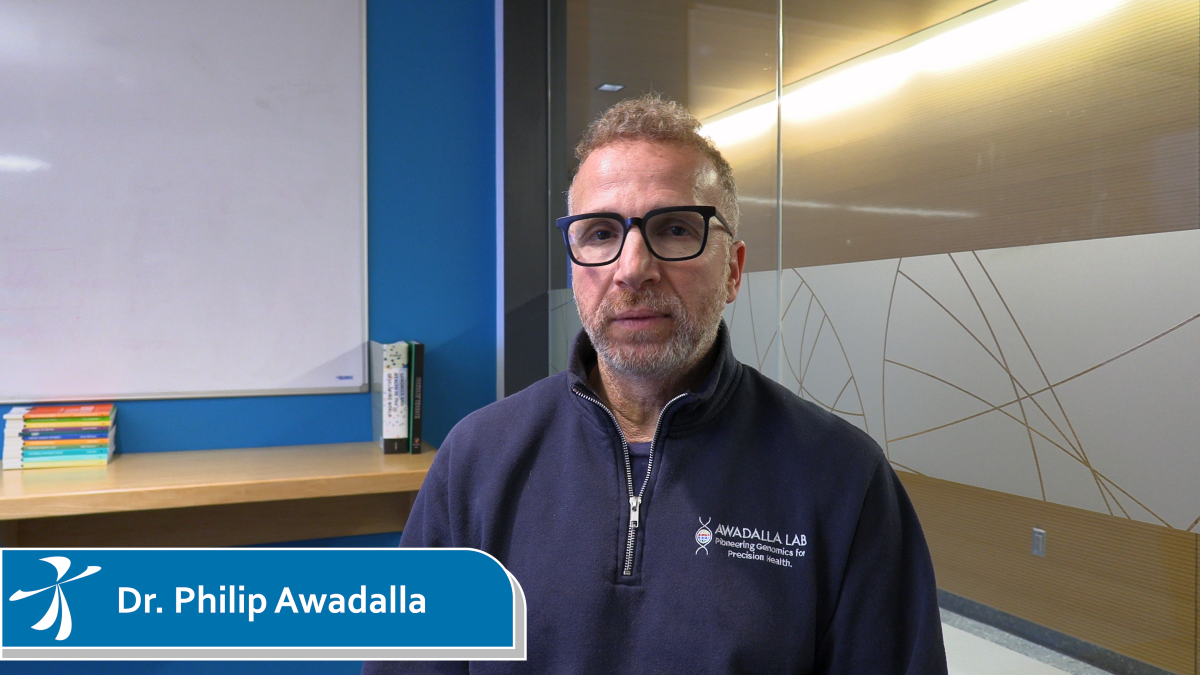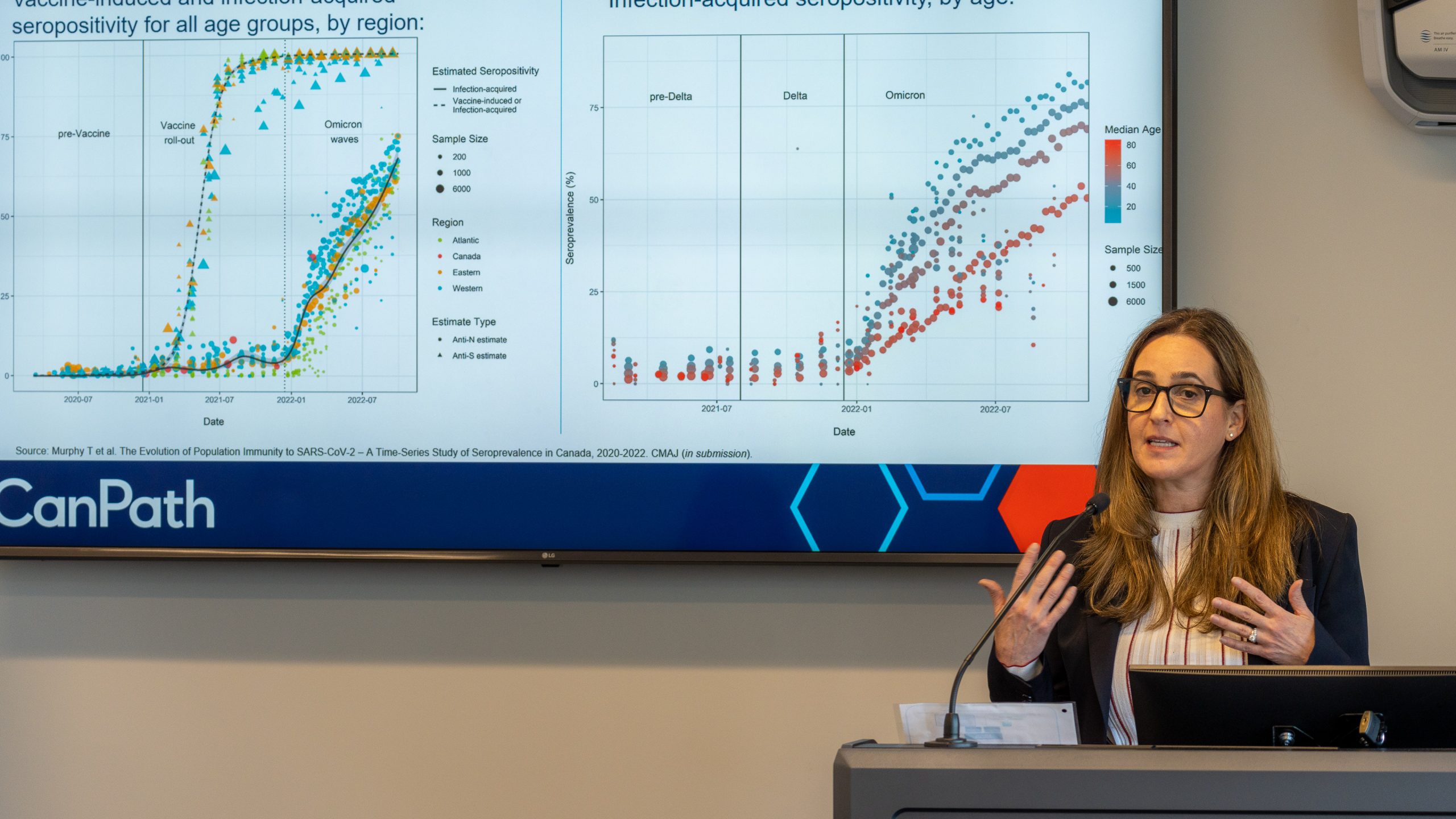The data from more than 135,000 Ontario Health Study participants are being used to explore how breast cancer screening rates – and what happens subsequent to those screenings – may vary for people of different ethnicities.
By linking self-reported health information with provincial health records, researchers aim to uncover potential disparities in access, follow-up care, and outcomes. Ultimately this could be used by health policy makers to guide improvements in screening policies.
Breast cancer is one of the most common cancers and the second leading cause of cancer-related death among women* in Canada. Early detection through regular screening can significantly improve survival rates, yet not everyone participates in screening programs at the same rate.
Recognizing this, Ontario recently lowered the age for breast cancer screening to 40 from 50. National guidelines continue to advise against routine screening for those under 40, though it remains available to those who seek it.
To help address gaps in research, the federal government recently awarded $295,000 in funding to advance research for breast cancer screening. CanPath, the national health research platform – of which the OHS is the largest contributor– will use the grant to try to fill in some gaps in research evidence identified by the Public Health Agency of Canada (PHAC), said Dr. Victoria Kirsh, OHS Scientific Associate.
CanPath will explore data previously collected to address three main objectives identified by PHAC:
- Study differences in breast cancer screening participation rates, treatments, and outcomes by race and ethnicity.
- Look at breast cancer risk factors and how they may vary by race and ethnicity.
- Examine the potential differences in screening and cancer outcomes by race/ethnicity, such as how often people get called for repeat screenings and/or biopsies, what stage of cancer are people at when first diagnosed, and type of cancer treatments received.
“We’ll be looking at both the information participants provided through OHS health questionnaires – such as family history, past breast cancer diagnoses – and combining that with information held in provincial data repositories, including frequency and results of breast cancer screenings, mammograms or MRIs (magnetic resonance imaging),” said Dr. Kirsh.
Dr. Kirsh is working with Dr. Jennifer Brooks, CanPath Executive Director; Dr. Maryam Darvishian, Research Manager for the BC Cancer Prevention Research Cluster; and Ashley Mah, a PhD student at the Dalla Lana School of Public Health in Toronto, to compile and analyze the data from multiple sources. Their goal is to publish their findings in a peer-reviewed journal, providing PHAC with crucial evidence to inform and refine breast cancer screening guidelines in Canada.
Dr. Darvishian is already working on an academic paper looking at the differences in breast cancer screening participation as self-reported by CanPath participants.
*Cisgender women and other adults assigned female at birth.



